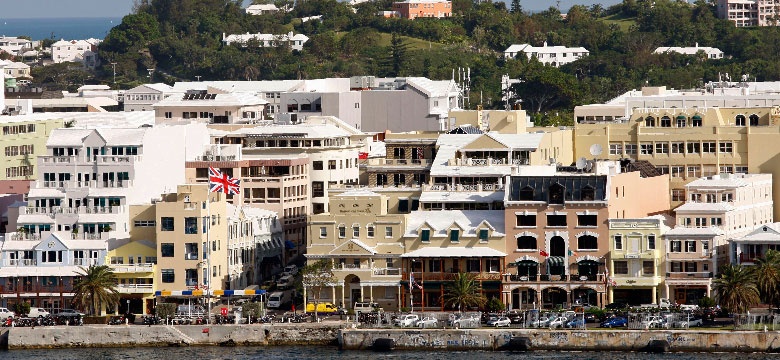
Thank you, Minister Hayward, and Good morning Bermuda.
The Commission began its work in earnest last February in establishing a minimum wage in the first instance and a liveable wage, secondly, for Bermuda.
At the onset, the coronavirus pandemic was unfolding. Its devastating effects have been laid bare. While some may have considered this an inappropriate time to introduce a minimum wage, that was not the position taken by the Economist Magazine in its March 2021 edition. They felt that the one lesson that Western Governments should have learned, coming out of this pandemic, is the need to top up the wages of lower-income workers. Bermuda can also learn from that lesson.
Most modern, developed countries have a minimum/living wage regime. More than 90% of countries designated as International Labour Organization (ILO) member states currently have a statutory wage scheme of some sort. Many evidence-based documents have outlined the many benefits realised by employers and employees in countries where a minimum and/or living wage has been instituted. Among the more developed nations of the world, Bermuda is among the few that does not have a minimum wage, and the goal is to remove us from that list.
According to some reports, studying the impact of minimum wages on economies is the most researched topic in all of economics. No matter what side of the debate you are on, you will find many studies to support your viewpoint. The Commission remained focused on its task of recommending a minimum wage for Bermuda with the knowledge that a minimum wage will assist in:
- Promoting fair compensation for employees
- Improving an individual’s quality of life;
- Preventing further exploitation of workers;
- Preventing working families that are below the poverty line from receiving what many would consider unliveable wages; and
- Improving the purchasing power of individuals.
One of the working definitions of poverty, related to wages, is that a person is considered to be in poverty if they earn less than half the median wage rate. It is deemed unconscionable that this is the case in an affluent country like Bermuda. It is therefore essential that an appropriate minimum wage be established.
When making recommendations for a living wage, which the legislation defines as the income necessary for an employee and their household to enjoy “a socially acceptable standard of living,” the Commission will consider essential costs such as food, housing, clothing, medical needs, childcare, and transportation.
One of the lessons learned from other countries during the pandemic was the need to top-up the lowest-paid workers' wages in the community. With the establishment of a minimum and liveable wage, Bermuda can benefit from the lessons learned in these countries.
The Commission reviewed a sample of countries to understand the range of minimum wages applied. I must note that Switzerland has the highest minimum wage at $24.76BD while Turks and Caicos have the lowest at $6.25BD. However, when comparing the cost of living of those countries sampled to Bermuda’s, all had a lower cost of living than Bermuda.
In addition to the Low Income Thresholds’ report conducted by the Bermuda Department of Statistics, and the Joint Select Report of Parliament, the Commission relied heavily on reports produced by the ILO, particularly its report on Minimum Wage Systems (2014). The Joint Select report recommended, as some of the ILO member states, using or applying a fixed percentage of the median income. As opposed to the average, the median income is frequently used as extremely high or low incomes do not distort it.
Having concluded the first report, the Commission recommended three options for a minimum wage, depending on what is expected to be achieved.
Option 1: A minimum wage of $13.19, ($13.20) which is 42% of the median hourly wage in 2019 and, due to no increase in inflation, likely in 2020 as well. This is the wage floor option, with many employers in the target sectors, such as the Hospitality sector, indicating that many can already meet this level.
Option 2: A minimum wage of $15.71 ($15.75), which is 50% of the median hourly wage. This option is at the poverty level threshold, thus setting a wage level that is not below the poverty level. This provides workers with greater wage dignity and begins taking those at the lower end out of poverty. This rate would be a stretch for some employers, but early indications are that most would be able to make that stretch.
Option 3: A minimum wage of $17.28 ($17.30), which is 55% of the median hourly wage. At this level, the wage is set at the lower bounds of a liveable wage. A minimum wage at this level would pave the way for the transition to a liveable wage. However, some feedback received by the Commission was that some employers would have to take measures to achieve this wage while others may go out of business altogether.
Thank you.
